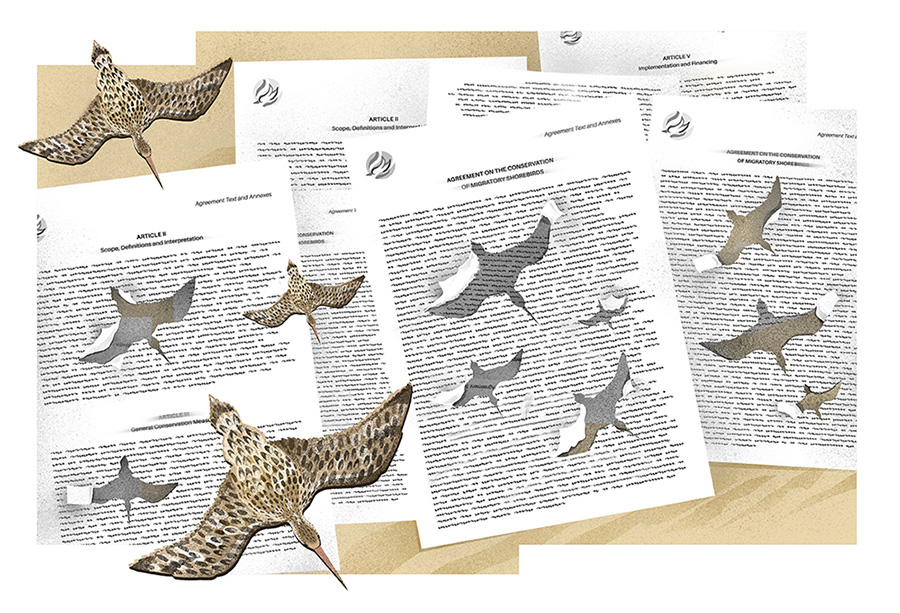Historical records from museums specimens, reports, and field notes area valuable source of information, and can provide perspective on long-term trends in species occurrence, and in specific cases can allow us to assess rates of population change. However, there are inherent biases in using this kind of data, such as no records of species absence, changes in sampling effort, spatial coverage, collection method or species focus that need to be accounted for before conclusions can be drawn.
Tobbias Jeppson and colleagues at the Swedish University of Agricultural Sciences examined over 42,000 historical records of 108 species of longhorn beetles in Sweden collected between 1908-2000 in order to determine if changes in species range coincided with changes in population abundance over time. They also factored rarity of species into this analysis; for instance, they predicted that rare species would decline in range if they declined in abundance.
The results showed that a number of species changed in abundance over time, with most species exhibiting increasing or stable trends while a few species showed declining trends in population sizes.
Changes in species range did not reflect changes in population size, and several species showed conflicting local and global trends. Rare species with increasing populations showed range expansions (unlike common species), and rare species with decreasing populations did not have larger range contractions. The authors suggest that merely using range of species in threat assessments might not suffice, and suggest using population sizes as well.
Further reading
Jeppsson T, A Lindhe, U Gärdenfors & P Forslund. 2010. The use of historical collections to estimate population trends: A case study using Swedish longhorn beetles (Coleoptera: Cerambycidae). Biological Conservation 143: 1940 – 1950.





